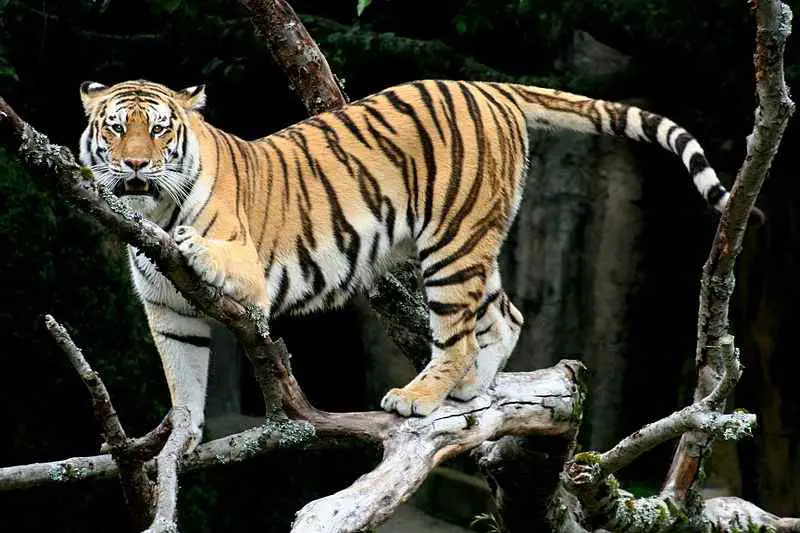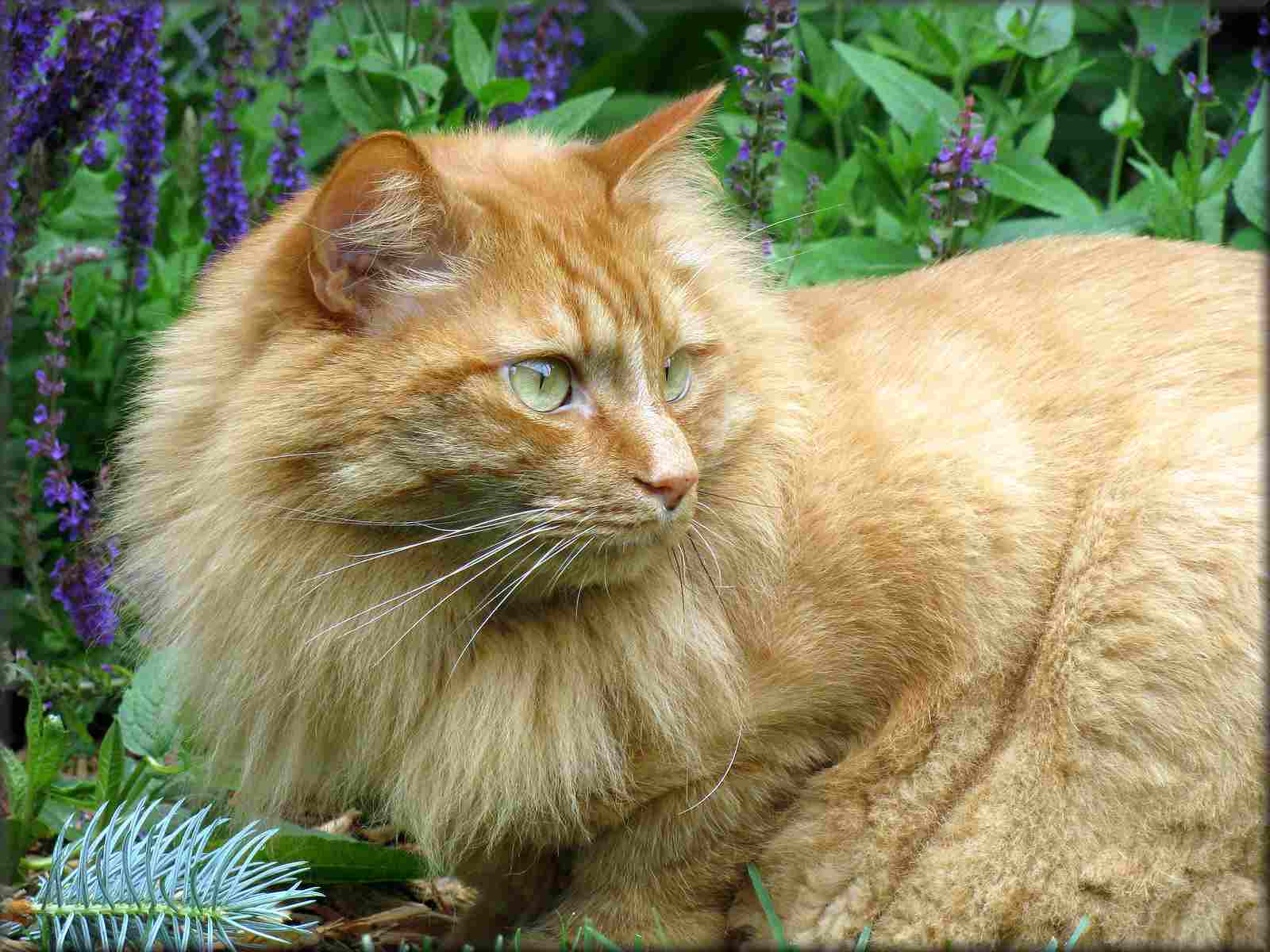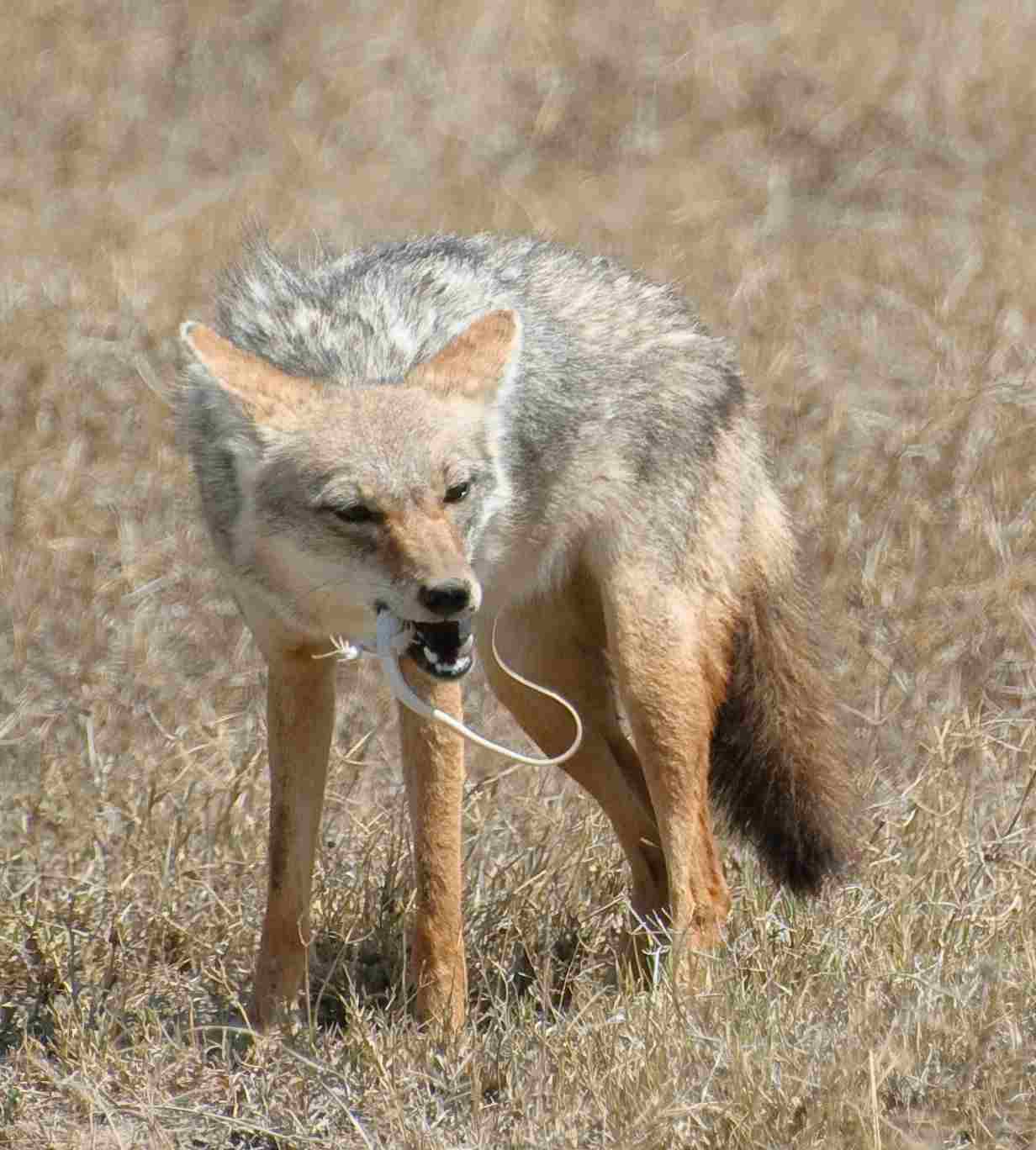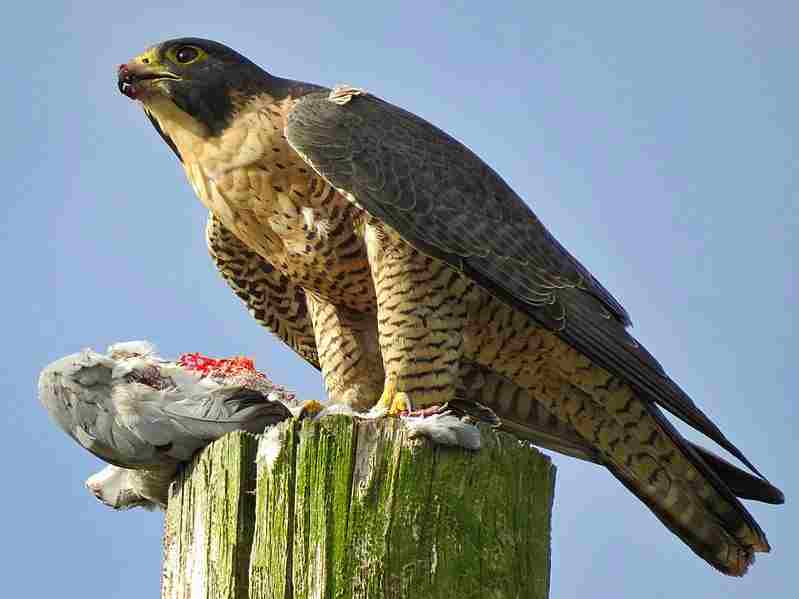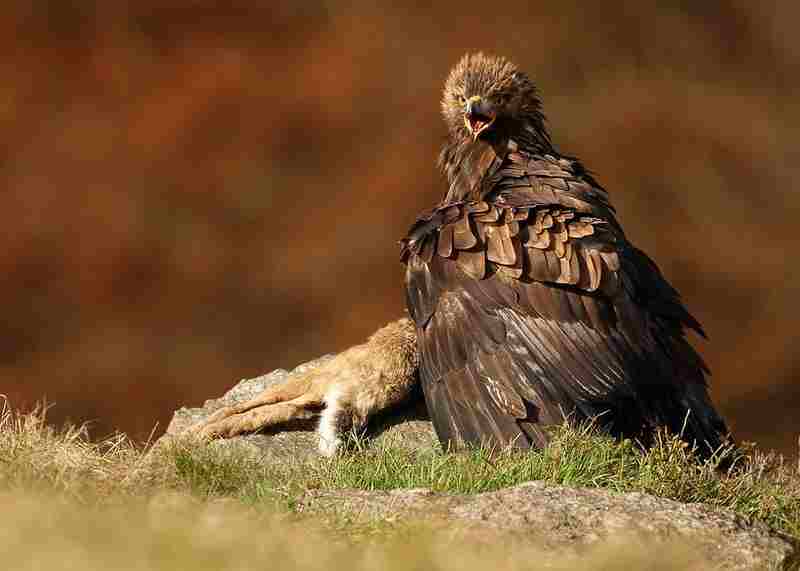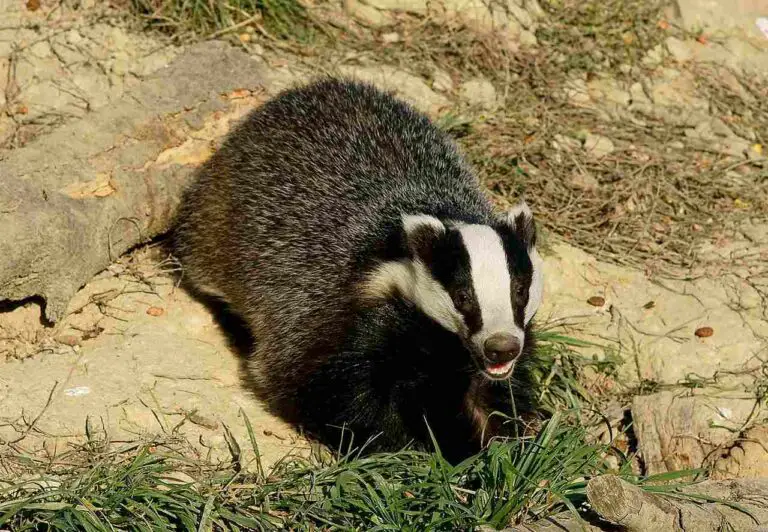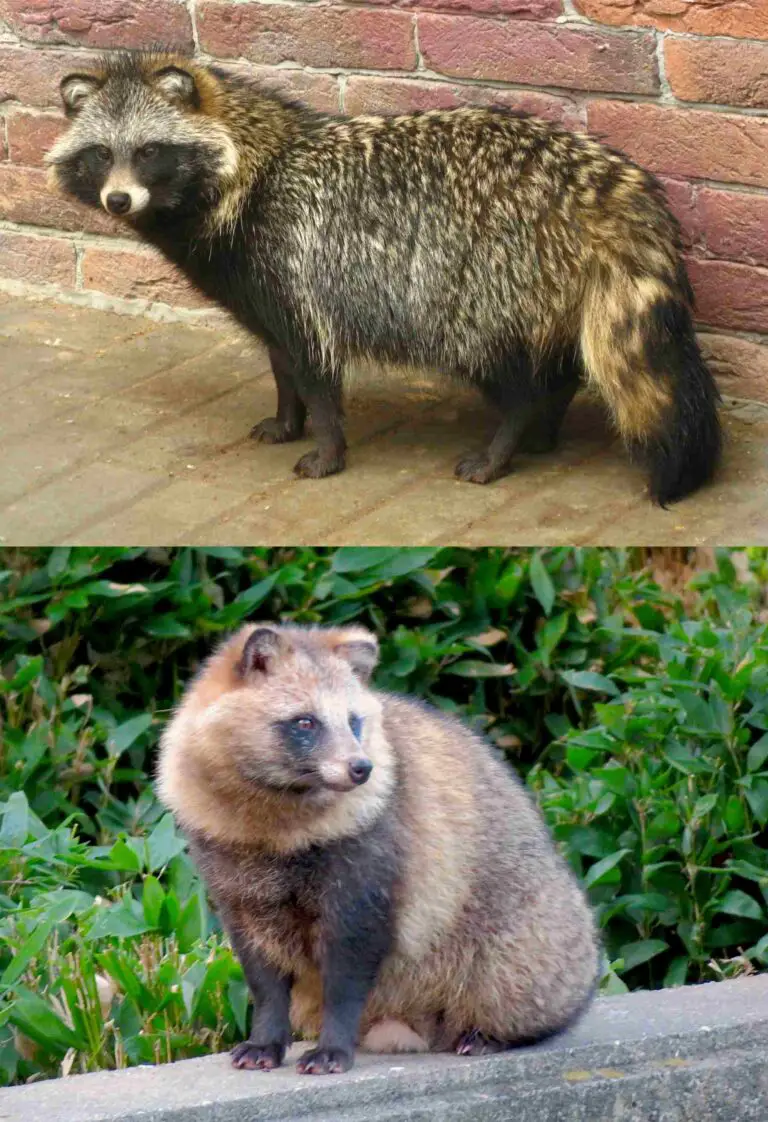Boreal Forest Food Chain 5 Trophic Levels Discussed
A boreal forest food chain comprises of; producers like larch; primary consumers like snowshoe hare; secondary consumers like lynx; tertiary consumers like gray wolf; and quaternary consumers like Siberian tiger.
This article discusses boreal forest food chain based on its trophic levels, as follows;
1). Producers in the Boreal Forest (as a trophic level of the Boreal Forest Food Chain)
The base of the boreal forest food chain is occupied by autotrophic organisms called producers.
Producers in the boreal forest are mostly vascular and non-vascular plants; which have photosynthetic pigment and can both capture and convert light in solar radiation to biomass and bioenergy.
By being the basic foundation of all trophic relationships occurring in their environment; boreal forest consumers act as sustainers of the ecosystem, and as a bridge between biotic and abiotic factors.
Examples of plants in the boreal forest are; coniferous trees, herbaceous plants, shrubs, ferns, lichens and mosses.
Coniferous trees in the boreal forest represent the most well-known and dominant producers. They include trees with evergreen growth-patterns, and which are capable of thriving under the cold conditions of their surroundings.
These trees have physiological features like needle-like leaves and rigid trunks, with ability to achieve water conservation efficiently [1].
Examples of coniferous trees in the boreal forest are; larch, pine and fir.
Herbaceous plants in the boreal forest are another prominent group, falling only behind shrubs and trees in the ecosystem. They have non-woody parts, and are also well-adapted to the boreal forest climate. Examples of these plants are; wood sorrel, bunchberry, Labrador tea, and Dusty Miller (Artemisia stelleriana).
Boreal forest shrubs are shorter than coniferous trees, but also prominent among boreal vegetation. These plants dominate the understory of the forest structure; and provide microhabitat as well as food for various boreal forest animals. Examples of boreal forest shrubs are; alders, blueberries and willows.
Ferns in the boreal forest are not a dominant group, but may still be significantly represented.
They are low-growing plants with specialized elongate leaves that enable them capture sunlight from their near-ground position under the shade of trees and shrubs.
Examples of boreal forest ferns are; ostrich fern and lady fern.
Lichens and mosses are non-vascular plants, that grow mainly as ground-cover on the forest floor. These plants favor damp and cool shaded parts of the forest, and are involved in microhabitat, feeding and symbiotic interactions respectively.
Trophic relations in the boreal forest involving producers are;
1. Coniferous trees provide food to rodents and large grazing herbivores
2. Boreal lichens survive by the symbiotic collaboration between algae and fungi [2]
3. Shrubs are consumed by rodents like the snowshoe hare
Such interactions as these constitute the basis on which all other trophic relations that determine the sustainability of the boreal forest, are built.

2). Primary Consumers in the Boreal Forest
Primary consumers in the boreal forest are organisms with herbivorous feeding habits, whose main source of food is the primary consumers.
This means that primary consumer diet in boreal forests is dominated by vascular and non-vascular plants.
Through their feeding activities, these organisms facilitate energy-transfer from one trophic level to another, within their habitat.
Examples of primary consumers in the boreal forest are; small mammals like rodents, large mammals like caribous and moose; as well as some species of birds.
Rodents are among the only small mammalian primary consumers in the boreal forest.
These organisms are highly adapted for their pattern of feeding and habitation of their environment. Some of their adaptive features are; specialized digestive system, burrowing, rapid locomotion, and color camouflage.
Examples of herbivorous rodents in boreal forests are; squirrels, mice, voles, and snowshoe hare.
Large mammalian primary consumers/herbivores in the boreal forest are mostly deer like the caribou and moose respectively. Their diet consists of twigs and leaves from trees and shrubs; bark, as well as mosses.
Birds that are primary consumers in the boreal forest include herbivorous birds that feed on buds, nuts and leaves among other plant parts. Examples are the ruffed grouse and spruce grouse.
3). Secondary Consumers in the Boreal Forest (as a trophic level of the Boreal Forest Food Chain)
Secondary consumers in the boreal forest are animals with carnivorous feeding habits, that depend on the herbivorous primary consumers as a primary food-source.
These organisms occupy trophic level 3 of the boreal forest food chain, and are important toward natural recycling of resources, and regulation of herbivore population to sustainable sizes.
The secondary consumers are the most vulnerable group of consumers in the boreal forest; meaning that they are less-dominant than other consumer groups. This is often due to their size, but may in some cases be linked to their evolutionary advancement for survival.
Examples of secondary consumers in the boreal forest are the lynx and the great gray owl.
A lynx is a member of the feline family of mammals, and are medium-sized compared to other cats like the puma. In the boreal forest, lynxes heavily depend on the snowshoe hare population to make up a substantial portion of their diet [3], mostly because they are incapable of efficiently capturing large herbivores.
The great gray owl is a carnivorous bird that may be classified also as a tertiary consumer or even a quaternary consumer, depending on the criteria being used. Here it is called a secondary consumer because its dominance as a predator is less than that of other large raptors with higher evolutionary advancement and hunting skill.
Food for the great grey owl consists of small mammals and birds.

4). Tertiary Consumers in the Boreal Forest
Tertiary consumers in the boreal forest are distinguished from secondary consumers by being larger and (often) more biologically advanced as predators.
These organisms are predominantly carnivorous, and may be found at the highest trophic level in a four-level food chain.
They have the advantage of being able to prey on all consumers beneath their trophic level in the food chain; including small and large herbivores, and vulnerable carnivores.
It is difficult to distinguish between tertiary and quaternary consumers are distinct trophic groups in a boreal forest; simply because boreals have lower species-richness and biodiversity than robust biomes like the tropical rainforest. Cold climatic conditions imply that only a few, highly tolerant consumer groups can thrive in boreal forests, giving little room for broad differentiation.
Examples of tertiary consumers in the boreal forest are; canids like the gray wolf (Canis lupus), and large felines like the puma (Puma concolor). Food for these organisms comprises of, caribou, moose, rodents, and smaller carnivores.
5). Quaternary Consumers in the Boreal Forest (as a trophic level of the Boreal Forest Food Chain)
Quaternary consumers in the boreal forest include predators that are at the apex of the food chain within their habitual territory.
In any classification, a consumer is categorized as quaternary provided the organism is less vulnerable than all organisms in its environment, including other predators.
Examples of quaternary consumers in the boreal forest are the golden eagle (Aquila chrysaetos) and the Siberian tiger (Panthera tigris altaica); which are at an advantage for their keen sensitivity and size, respectively.
Siberian tigers occur as native species in boreal forests of Russia and parts of China, where they prey upon animals like the moose and wild boar.
Golden eagle is a large boreal forest-raptor that is equipped with sharp vision, speed and talons for capturing prey like the fox and hare.

Conclusion
Boreal forest food chain is made up of;
1. Producers
2. Primary Consumers
3. Secondary Consumers
4. Tertiary Consumers
5. Quaternary Consumers
References
1). Baldi, P.; La Porta, N. (2022). "Toward the Genetic Improvement of Drought Tolerance in Conifers: An Integrated Approach." Forests 2022, 13, 2016. Available at: https://doi.org/10.3390/f13122016. (Accessed 3 June 2023).
2). Pizňak, M. M.; Backor, M. (2019). "Lichens affect boreal forest ecology and plant metabolism." South African Journal of Botany 124:530-539. Available at: https://doi.org/10.1016/j.sajb.2019.06.025. (Accessed 3 June 2023).
3). Thomas, J.; Reid, M. L.; Barclay, R. M. R.; Jung, T. S. (2019). "Salvage logging after an insect outbreak reduces occupancy by snowshoe hare (Lepus americanus) and their primary predators." Global Ecology and Conservation. Available at: https://doi.org/10.1016/j.gecco.2019.e00562. (Accessed 3 June 2023).
